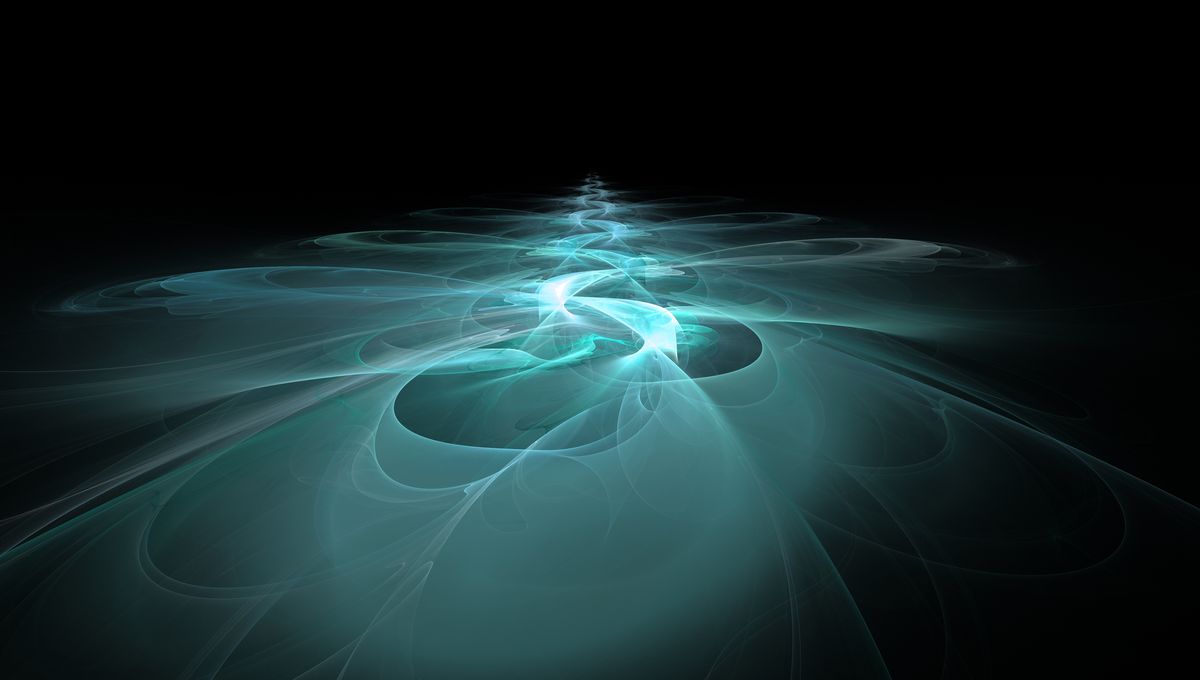
April 25, 2019 was an exciting day for different groups of astronomers. The second-ever detection of a neutron star collision was reported, being picked up by one of the two LIGO detectors. Two and a half hours later, the CHIME observatory picked up a Fast Radio Burst (FRB), a very brief powerful release of radio waves. New research suggests that these events are likely related to each other, and in a very dramatic way.
The merger involved two neutron stars, the end point of stellar evolution for certain supernovae. In these dramatic explosions, the cores of the stars are compressed into something heavier than the Sun, contained in a sphere not much bigger than a city. The two stars spiral toward each other and then bam: they merge into a single object with a mass 3.4 times that of the Sun.
Unlike the first detection of gravitational waves from a neutron star this did not release an electromagnetic counterpart, so no light was spotted that could be linked to the event. Researchers believe it first formed a neutron star but was too heavy, so it collapsed under its own weight, becoming a black hole. And that’s when the FRB was emitted.
The team estimate that the probability that these two events just coincidentally happened around the same time at the same distance from Earth is 0.52 percent. So, it seems very likely that the scenario they describe took place, although it is not certain.
It was the first confirmed detection from a single observatory, which made the area of the sky it came from significant. Gravitational wave observatories need to work together to triangulate the position of the source in the sky. With just one of them on at the time, it meant that the event could have come from a large area. The location of the FRB is, at least within this area.
Statistically, there are a lot more FRBs than neutron star collisions, so the work doesn’t imply that all FRBs are produced in these events. Repeating FRBs appear to come from a different type of neutron star orbiting other stars, and other events can also produce them. But the intriguing link proposed in this work is worth further investigation.
“We encourage wide-field radio observations concurrent with future [gravitational wave] observing runs to further test our proposed [gravitational wave]–FRB association, and the use of FRB localization data to identify potential hosts galaxies to guide searches for a multiwavelength counterpart,” the authors wrote in the paper.
The study is published in Nature Astronomy.
Source Link: A Neutron Star Collapsing Into A Black Hole Might Have Released A Fast Radio Burst